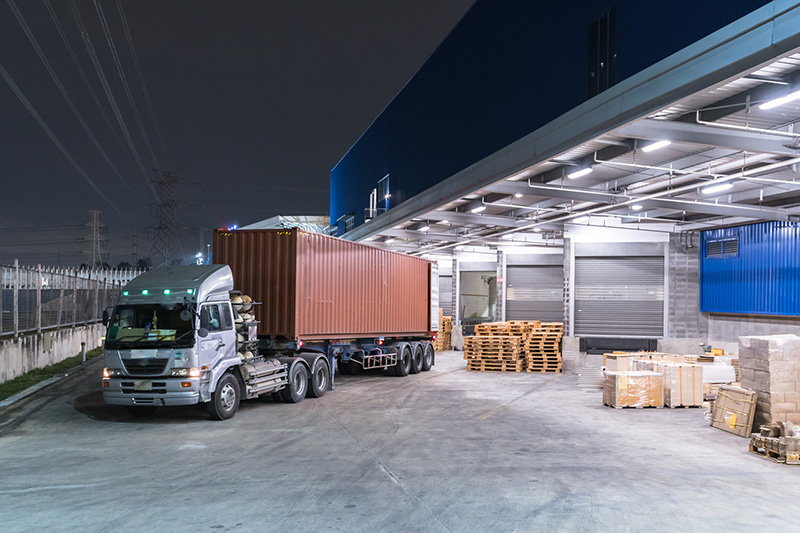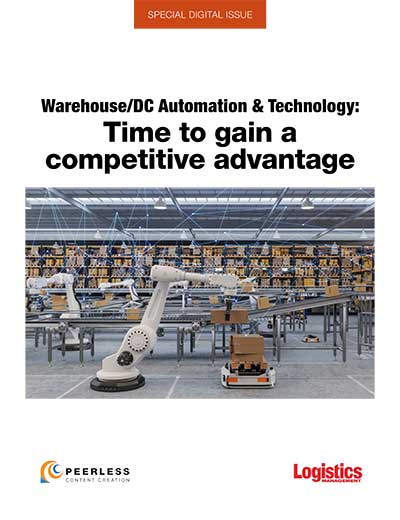BluJay research focuses on the need to build resilient supply chains
With the ongoing COVID-19 pandemic continuing to impact supply chain operations a new study issued this week, which was commissioned by supply chain software and services provider BluJay Solutions and conducted by Adelante SCM, in partnership with the Council of Supply Chain Management Professionals (CSCMP), examined how shippers have worked their way through COVID-19-driven supply chain disruption and also what they plan to do in order to have more resilient supply chains.
Entitled “Creating Resilience Amid Disruption: Research on How Supply Chains are Changing for Success and Survival,” the study was based on feedback from 233 respondents, including shippers across various sectors, such as manufacturing and retail, as well as logistics service providers.
Given these uncertain times, it was not surprising that 75% of the study’s respondents indicated that their respective companies will focus on implementing changes to their supply chain practices, due to COVID-19-driven lessons learned.
Other key findings featured in the study included:
- 62% of the survey respondents Agree or Strongly Agree that customer experience will become the number-one brand differentiator over the next five years;
- reducing costs/becoming more cost competitive ranked first in factors driving supply chain innovation with 31% of top-factor votes;
- more than one-third of survey respondents (34 percent) expect their companies will make many or extreme changes in how they design and operate their supply chains to become more resilient;
- when asked which functions or processes within their supply chain will require the most changes or re-evaluation, respondents rank IT capabilities (61 percent) and human resources policies (58 percent) as the top two; and
- 53% said that creating a more resilient supply chain begins with developing stronger, more transparent relationships with key suppliers, with cross-training employees at 49% and expanding/diversifying supplier base at 43%
When asked to provide examples of lessons learned from the pandemic that can serve as a catalyst for change in supply chain practices, Patrick Maley, CMO, BluJay Solutions, told LM that while specific lessons learned were not captured as part of the survey, in one-on-one conversations with respondents who volunteered to discuss the research topics more in-depth, various themes surfaced.
One theme he pointed to was to remain steady when it comes to strategy and innovation.
“There's a tendency to make short-term cuts when disruption happens, but it's important to remain focused on the long-term in order to be able to adapt effectively in any environment,” he said.
And he also noted that supply chain stakeholders need to be ready to shift, as some industries and companies experienced mixed changes in demand, operations, supply chain partners as the pandemic progressed.
“Those that were agile enough to shift production, capacity, suppliers, or adjust to consumer demand and buying/delivery patterns fared best and even picked up market share from competitors who were not as nimble,” he said. “The pandemic revealed a need for more efficiencies throughout the supply chain, and in order to improve, it's critical to address everything, not just one area. This includes processes, software, departmental silos, production, sourcing, and the end-to-end experience. We heard eliminating manual processes and having greater visibility and analytics are key areas to improve, and how data makes decision-making smarter and easier.”
As for things supply chain stakeholders can do to work around global trade issues and remain focused on innovation, Maley said that one of BluJay’s global trade experts recently provided tips on adapting to change while focusing on innovation.
“It starts with the concept of 'data is king,'” he said. “In an ever-changing global economy, the best thing to stabilize a supply chain is to increase the ability to adapt to those changes. Sustainability can be achieved through superior data visibility and knowing when and where to act when shifts occur. While challenges continue to mount and uncertainty remains, understanding the current landscape and the tools available to minimize the impact will help organizations to not only survive, but thrive.”













